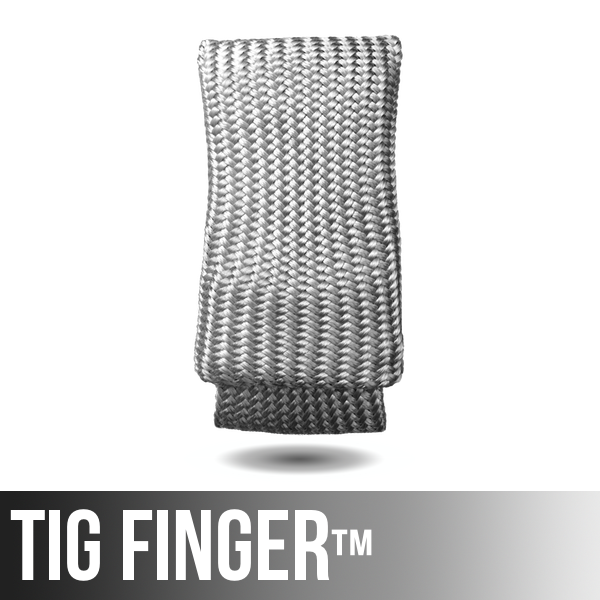
Click here to subscribe to my Video of the Week!
I saw a thread on the weldingweb forum that was called “mig like tig” about finding a mig welding technique that makes the weld look like a tig welder did it.
A forum member who goes by the username ZTFab uses a mig welding technique that looks a lot like tig because of the “stack of dimes” appearance. Anyway, the guy sure has a good hand and can lay down some of the prettiest welds you ever saw.
Well… that got ole Jody to thinking.
I used to use a technique and settings that produced a weld that looked a lot like the ones ZTfab does. (not as good… but close.)
But over the years, I know have developed a tendency to mig weld pretty hot and sometimes at the expense of appearance.
I think part of the reason is because I once worked a job where one of the machinist welders had a reputation for being a really good welder.
But his other machinist buddies would say otherwise.
When it came to welding big steel rings together for fixtures, the machinists said his welds were pretty, but would peel like an orange when machined flush… no penetration.
So I never wanted to be that guy with the reputation of making welds that were pretty… but not strong.
But a weld should not be gorilla ugly to be gorilla strong, either.
The goal should be to have both appearance and quality without sacrificing much of either.
So that is the topic of this video… using 2 very different settings and techniques to do an outside corner weld.
When you turn the mig welder down a bit in order to make the weld look better… do you sacrifice penetration and or strength?
Can you have both? A stack of dimes looking bead along with good penetration.
It is possible to use less heat and still get the desired results. But it is also possible to go too far.
Especially with short circuit mig.
Now I am not going to prove anything or settle any arguments here once and for all. This is just one test joint and one weld… an attempt at an interesting video that keeps the conversation going about mig welding techniques.
So here we go.
For this week’s video, I used 1/4″ x 1 1/2″ bar stock aisi 1010 steel.
I tacked up 2 outside corner joints mated up corner to corner with no overlap… but no gap either.
For the first outside corner weld, I set the hobart 210 mvp to 6 on the voltage and 40 on wire speed.
Best I can tell, that equates to 19-20 volts and 270-280 ipm on wire speed.
Using .035″ wire and 75/25 ar/co2 gas at around 15 cfh, I used a short stickout of around 3/8″ and traced the front of the puddle doing a series of loops.
For the second outside corner joint, I decreased the voltage setting to 4 and wire speed to 30 which is around 17-18 volts and 200-210 ipm of wire speed, but this time I used a different technique.
I made a “T” shape where I pulled the arc down into the V root of the joint and then backed up and crossed the T to let the weld fan out and fill the V and nip the corners.
Then I cut both pieces in the middle and polished and acid etched to reveal the depth of penetration or lack of penetration.
By the way, most stainless steel heat tint remover solutions contain the right blend of acids to etch carbon steel for tests like this. You can get heat tint remover at your local welding supply… or you can order it online from sites like weldingdirect.com or even amazon.com… just go there and search for “heat tint remover”. I just did that and found the dynaflux heat tint remover quickly.
So what did the welding test reveal?
As expected, the higher voltage and wire speed setting penetrated very well and melted the corners and left a nice even weld profile with no lack of fusion.
But what about the weld with the lower settings? Can a mig welding technique make enough difference to still penetrate with much lower settings?
In this case it worked. Both welds penetrated. There was no obvious lack of fusion in the bottom of the joint.
The “T” motion mig welding technique kept the arc at the leading edge of the puddle and down in the root, and that is what I think made the difference in getting good penetration with a much lower heat input.
( As always, feel free to visit us at our sister site, WeldingTipsAndTricks.com. )
Click here to subscribe to my Video of the Week!








Leave a Reply